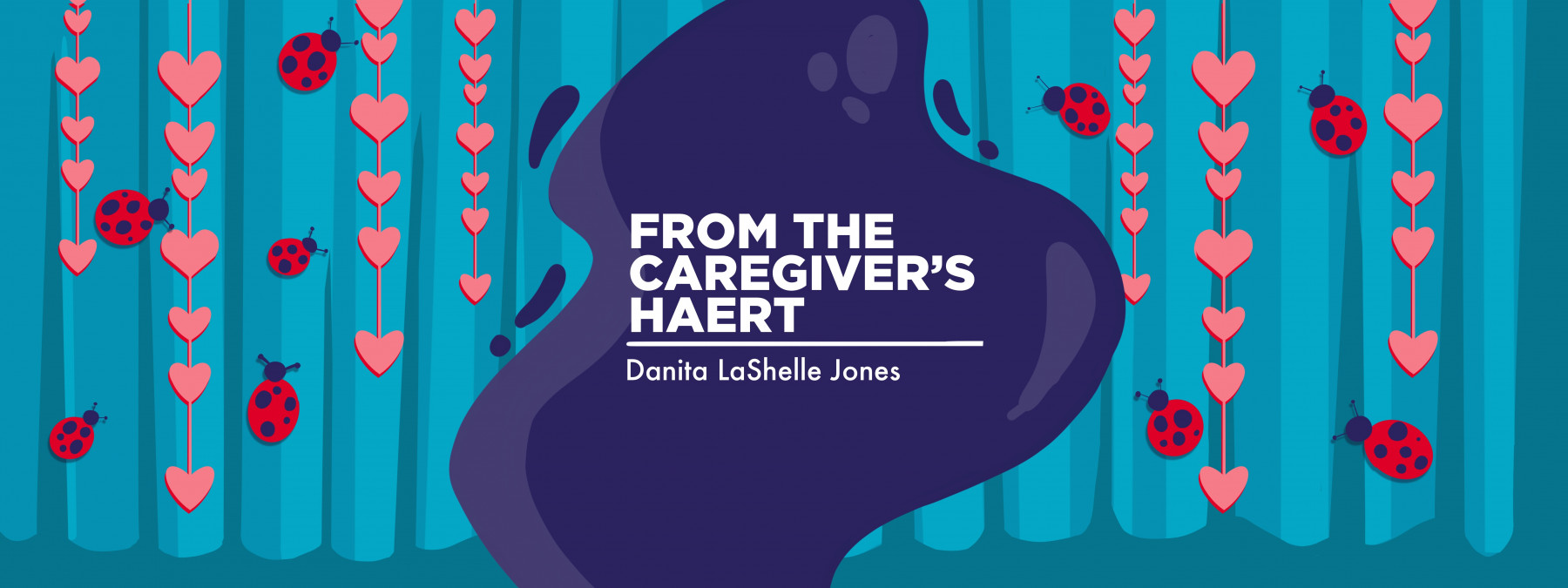When caregivers notice a little sign, it’s a big help to HAE patients
When symptoms aren't so recognizable, small signals can be important

I spent years trying to catch the actual “pop.”
Around Thanksgiving, Christmas, and Easter, my father was known for slow-roasting turkeys in the oven. He would meticulously clean and season them, place them in a special roasting bag with seasoned celery and carrot pieces, and cook them at the lowest temperature. The result was a mouth-watering, fall-off-the-bone masterpiece whose delicious aroma would slowly waft through the house.
One day, when I peeked into the roasting pan where an uncooked turkey was resting, I was surprised to find what looked to be a fingertip-sized plastic red button. I was startled by this foreign object that pierced the turkey’s skin because I’d never really examined the “before” version of the cooking process.
“Don’t mess with that,” my father said, using his sixth sense. I’d begun flicking the red mechanism with my fingernail. “That tells me when the turkey is finished,” he said, finally turning around. “It pops up when it’s done.”
“You can’t tell by looking at it?” I asked.
“I’ve been making these long enough to know,” he replied. “But it helps to have a little extra something to let me know for sure.”
Later, when I saw my dad take the turkey out of the oven, the red button extended high out of the bird. And though I spent many years trying to catch the very moment it “popped” out, one thing was certain: It was a great telltale sign.
Years later, when I wished life was filled with tiny red buttons, I realized I already had one.
Awareness pays off
When our oldest daughter, whom we lovingly call Ladybug, was officially diagnosed with hereditary angioedema (HAE) in 2021, I had a hard time figuring out her symptoms. At the time, our 11-year-old, who was still grappling with her HAE, had yet to notice how she felt before or during flares that we couldn’t see.
Soon, I realized that if I noticed her fatigue, the puffiness in her face, or her wincing because of the pain in her hands and feet, it was already too late. If I didn’t administer her emergency medication in time, I’d find myself frustrated, knowing that our week would end in the hospital.
I needed a signal or sign to give me a heads-up. I didn’t need a prodrome because that still relied on Ladybug to tell me she wasn’t feeling well. I needed one I could notice myself.
A few months ago, after Ladybug had a particularly involved week at school, I was talking to her in the kitchen when I noticed the dimple in her chin was gone.
Since birth, she’s had a very distinct divot in her chin, a trait she inherited from my husband. The older she got, the more defined the dimple became. Now it’s a cute and prominent feature on her face, whether she’s smiling or not. Right in the kitchen, I realized that her chin dimple was the little red plastic button on the turkeys of my childhood. And much like the turkey, her chin dimple “popping out” was letting me know something was happening inside her.
I’ve avoided three major flares because of my new “tried and true” method.
As caregivers of people with rare diseases prone to debilitating flare-ups, some might find the methods we use to care for our loved ones strange. But if we find a way to help them cope better with their illness, we’re doing our job.
Is it always scientific or medically explainable? No. But three fewer hospital visits means it works for us. And if it works for us, it’s a win in my book.
Do you have signs you notice that point out the brewing of trouble? Please share them in the comments below.
Note: Angioedema News is strictly a news and information website about the disease. It does not provide medical advice, diagnosis, or treatment. This content is not intended to be a substitute for professional medical advice, diagnosis, or treatment. Always seek the advice of your physician or other qualified health provider with any questions you may have regarding a medical condition. Never disregard professional medical advice or delay in seeking it because of something you have read on this website. The opinions expressed in this column are not those of Angioedema News or its parent company, Bionews, and are intended to spark discussion about issues pertaining to angioedema.








William F Robinson
Wow Danita, you`ve done it again. I will look for my little Red Button. Kind of like a pony, must be there somewhere!
Bill Robinson
Danita LaShelle Jones
I'm sure it is! Here's hoping you find it. Those are the best clues!
Natalie Sirota
I think it's so great that you actually have a physical external sign to look for with Ladybug. I have always been rather sensitive to changes in my body and could just tell that something wasn't right. Being only recently diagnosed, I now know that many times it was an HAE flare. Unfortunately, my daughter has several rare disease diagnoses and can't yet differentiate which is a sign of what. Here's hoping she too will one day find her red button.